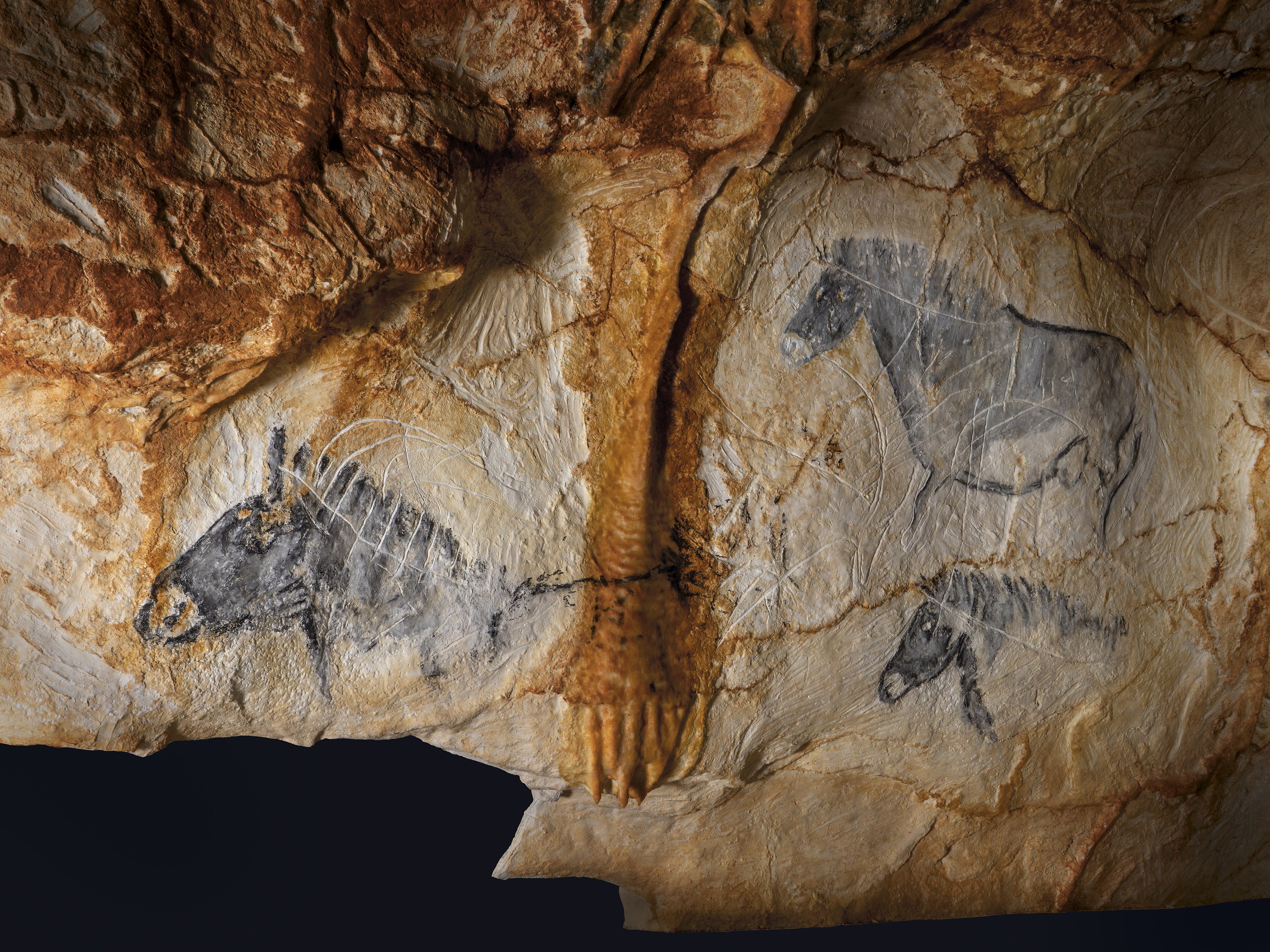Cosquer cave is a beautiful display of ancient cave art, remaining one of the only known caves to depict over 150 animals across its walls in ornate paintings and engravings. But Cosquer cave is also entirely unique for another reason – it has just one entrance, and that entrance is deep underwater. So, how did the paintings get there, and why is this cave so special?
Located in Marseille, France, Cosquer cave was a relatively late discovery owing to its impractical entrance, with diver Henri Cosquer identifying the entrance at around 36 meters (115 feet) under the sea. However, it took many unsuccessful attempts to fully map the cave before the outline of a hand was discovered in parts that were not fully submerged underwater in 1991. The cave garnered much interest from the local diving community due to the mysterious paintings within, but also because of a tragic triple fatality incident that saw three divers get lost inside and resulted in Henri Cosquer handing the cave over to the government for management.
The entrance to Cosquer cave begins deep underwater, and divers must then navigate a large, sloping gallery upwards toward a large chamber. The top of this chamber is above the water line, allowing for much of the art to be preserved from erosion.
Inside, hand stencils, images of animals, and large carved marks decorate the walls, making it an incredibly important site of archaeological importance. The animals tell us much about the local fauna living with the artists, with unusually numerous depictions of ibex accompanied by horses and seals. A recent dive by the Bradshaw Foundation identified 177 different animals depicted on the walls belonging to 11 different species, which is strange for art of this time.

According to the researchers, had Cosquer cave not become submerged and much of the art likely subsequently lost, it would be one of the most important Palaeolithic cave art sites on the planet.
How did the cave art even get there with such an impossible entrance? The cave art has been radiocarbon dated back to between 27,000 BP (before present, or before 1950 to be exact) to 19,000 BP, at which point the sea level was much lower. Prior to the Mediterranean sea rising, the entrance was around 100 meters (330 feet) above sea level, but it has since been engulfed by the water and buried.
As soon as art was found on the walls, it was obvious the site would be important. Marseille is an area with no other known Palaeolithic art, which is strange and creates holes in our stories of ancient human migrations, but it does have a coast packed with large caves that are submerged under the water.
If there is art in Cosquer cave, there could be art all along the coast, waiting to be discovered or tragically lost by the seas of time.
Source Link: Cosquer Cave Is Filled With Paintings, But The Only Entrance Is Deep Underwater